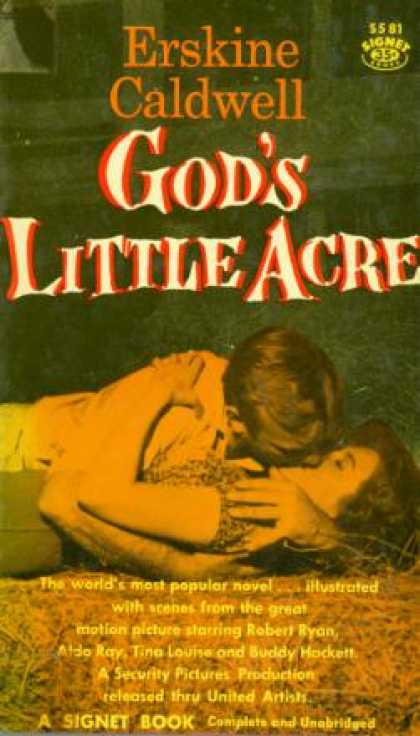
The decade marked by the Great Depression and leading into World War II is remembered as Hollywood’s Golden Age. During this period, new genres were formed, new stars were born, and the studio system rose to mammoth status. The eight major studios, each known for its distinctive style and stars, collectively produced 95% of all American films. More than 7,500 features were released by the studios between 1930 and 1945 to eager audiences. More than 80 million people took in a least one film per week at the height of the cinema’s popularity. This period also saw the introduction of the Production Code, B-Films, and the first animated feature of Snow White.The 30s was also the decade of the sound and color revolutions and the advance of the 'talkies', and the further development of film genres (gangster films, musicals, newspaper-reporting films, historical biopics, social-realism films, lighthearted screwball comedies, westerns and horror to name a few). It was the era in which the silent period ended, with many silent film stars not making the transition to sound (e.g., Vilmy Banky, John Gilbert, and Norma Talmadge). By 1933, the economic effects of the Depression were being strongly felt, especially in decreased movie theatre attendance. Hollywood’s Golden Age began to decline in the late 1940’s due to the introduction of television, Hollywood blacklisting, and the ability of actors to become ‘free agents.’ A final blow to the industry occurred in 1948, when antitrust suits were filed against the major studios.
Click on over to this website for more information about Hollywood during the Depression.













